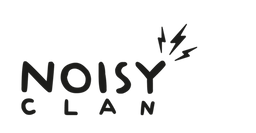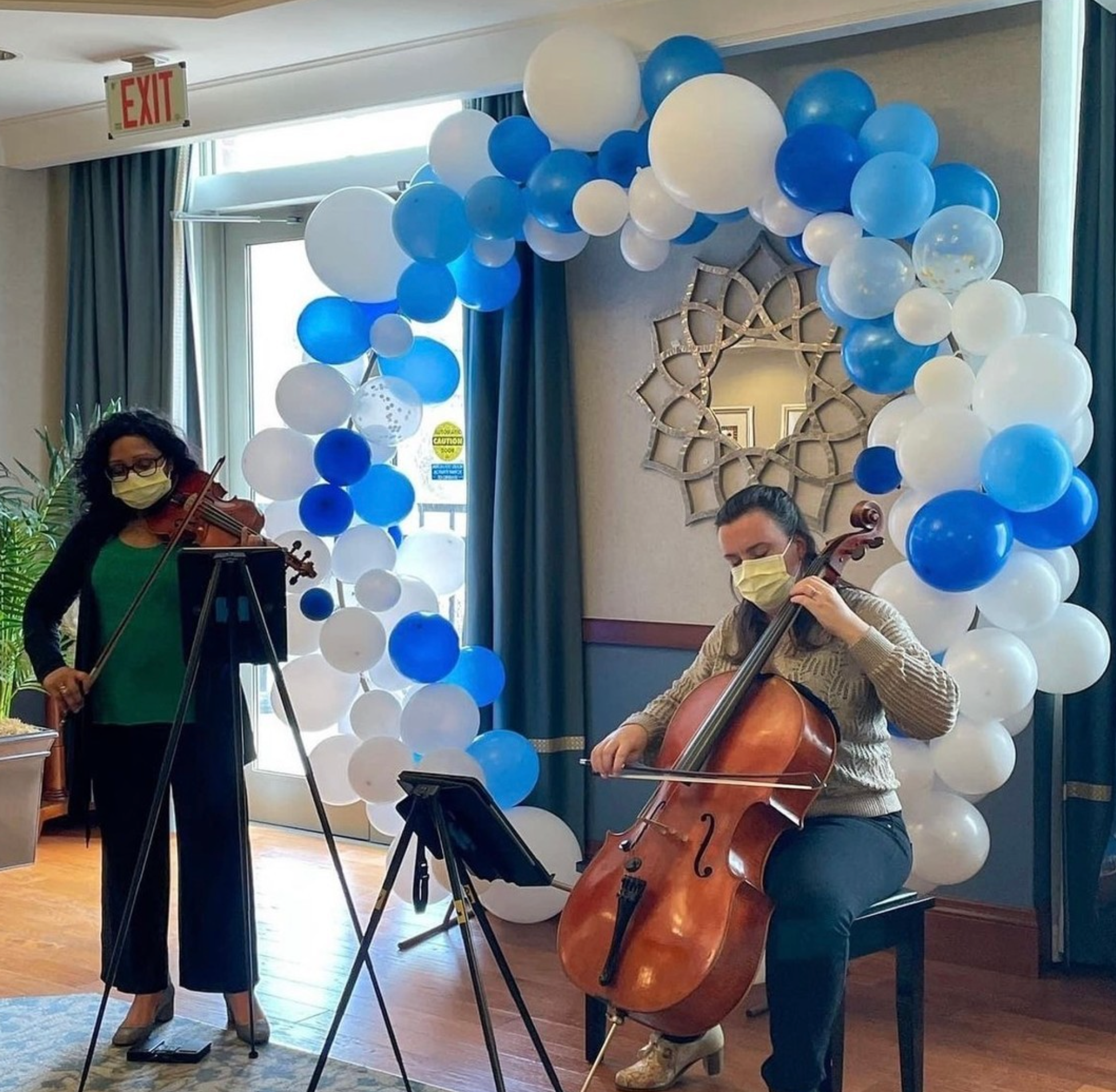Music has been a universal language throughout human history, bringing people together across cultures and time periods. Beyond pleasing our eardrums, music possesses a unique power to create moments of ‘collective effervescence’ – those exhilarating experiences when a group of individuals come together in a shared emotional state. In this blog post, we will explore this wondrous phenomena and how it plays a pivotal role in community building!
Understanding Collective Effervescence
Émile Durkheim, a renowned French sociologist, first introduced the concept of collective effervescence in the late 19th century. To put it simply, it is a state of collective emotional intensity, a feeling of togetherness and unity that arises when people gather for a common purpose or experience. Collective effervescence has profound implications for understanding the power of music in fostering connections and building communities. So enough of the boring back story, let's take a look at how this concept is actually experienced in everyday life.
The Role of Music in Collective Effervescence
- Emotional resonance: Music taps into our emotions, connecting with us on a deep level. When a group of people hears a song that resonates with them, it triggers a collective emotional response, creating a sense of unity. Music festivals like Glastonbury, Coachella, and Tomorrowland are prime examples of how music brings diverse groups of people together. Attendees experience collective effervescence through the shared love of music, forming lasting bonds.
The classic festival wristband that sits untouched on a festival goers wrist for months (or years) acts as the totem pole or the holy grail of social connectedness. When you see someone wearing the exact same one, it creates that immediate moment of “OMG SMALL WORLD!!” as you startle your new found best friend and immediately break the ice with one piece of stinky, unwashed material. Magic.
- Rhythmic synchronisation: When people listen to music together, they often synchronise their movements and actions to the rhythm, whether it's dancing, clapping, or swaying. This synchronisation fosters a feeling of togetherness and shared experience. A great modern day example of this comes from social media trends. TikTok setting the bar sky high for communities of dancers across the globe joining in to share their love for dance across the app.
Another fantastic example comes from the peak of the Covid-19 pandemic. The prescribed "stay at home" guidelines stripped away many of the customary societal rituals through which we typically derive connection and exuberance. Remarkably, individuals managed to forge connections and infuse their lives with meaningful routines even in these challenging times. In the United Kingdom, despite ongoing criticism directed at the government's perceived neglect of the NHS, people were encouraged to partake in a weekly tradition known as "clap for our carers" every Thursday evening.
Each Thursday at eight o'clock, a symphony of cheers, applause, enthusiastic shouts, and the rhythmic clanging of pots and pans echoed through the neighbourhoods. This tradition was initiated as a means of expressing gratitude for the tireless efforts of our frontline workers on behalf of our nation and communities. Many of these dedicated individuals would return home after gruelling shifts in the darkness, greeted by clapping, posters in the windows and huge ‘thank you’ banners hung on fences.
- Common identity: Music can serve as a symbol of identity for a community. Think of national anthems, protest songs, or even the songs that define a subculture. Or for all the sports fans out there, the Football and Rugby chants. Singing or dancing to these songs reinforces a sense of belonging to a particular group. Throughout history, music has been a driving force behind social and political movements. Songs like "We Shall Overcome" during the Civil Rights Movement or "Imagine" by John Lennon have inspired collective action and unity.
Or another, slightly less political example comes from when musicians and artists name their fan base. Lady Gaga calls her fans “Little Monsters”, and BTS call their fans “Army”.
- Communication and expression: Music allows people to communicate and express themselves in ways that words alone cannot. It provides an outlet for individuals to share their feelings and experiences, fostering empathy and understanding among community members. In smaller communities, local music scenes often serve as hubs for social interaction and connection. These scenes symbolise a sense of belonging and support among musicians and fans alike.
Collective effervescence is a powerful force that unites people through music, transcending differences and building strong communities. Music's ability to evoke emotions, synchronise actions, create a shared identity, and facilitate communication makes it a unique tool for fostering togetherness. Here at Noisy Clan we have always been inspired by the power of music, its ability to cross social and political barriers, overcome cultural differences and even remain constant throughout time.
Please share your experiences, have you ever bonded with a stranger over a mutual love for a band you thought no one else knew, or grabbed your neighbour at a sporting event as you sing the national anthem to your heart's content? Let us know!





